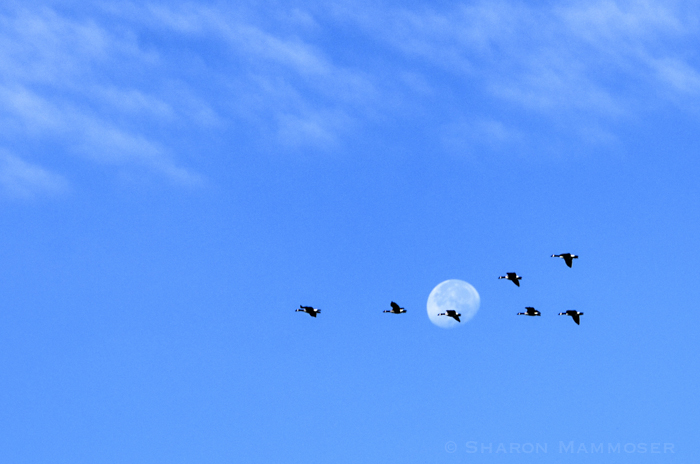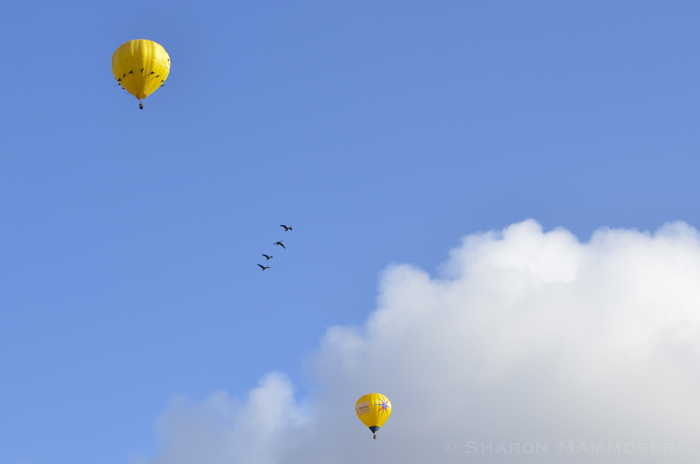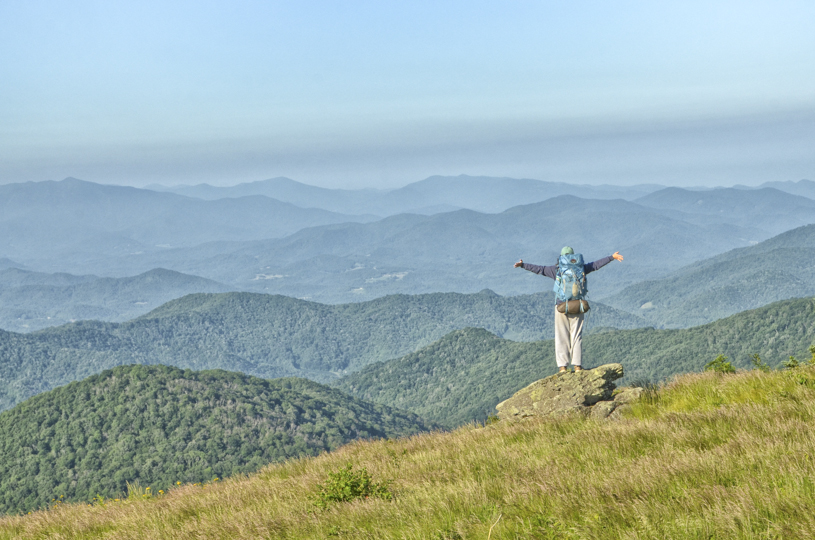 This summer I spent a week on a bike riding 411 miles across the state of Iowa. Called Ragbrai this annual ride attracts more than 12,000 cyclists from all over the country. If you have never been to Iowa I can tell you it’s fairly flat and often pretty windy. Riding a bike on an open road bordered on both sides by cornfields leaves riders exposed to the gusty winds, which, if coming from in front of you, make it hard to get anywhere fast. Riding into the wind can feel like pushing against a brick wall sometimes, wiping out your energy reserves pretty quickly. One day early on in the week, I moved over and got into a line of bikers, pedaling so that my front tire almost touched the back tire of the rider in front of me. In cycling, this is know as a Peloton and is common practice in bike races like the Tour de France. The results of being part of the peloton were amazing and absolutely shocking to me, an admitted skeptic on the effectiveness of pelotons. Wow, did I get an eyeopening lesson! The effort I needed was greatly diminished by being part of the line. Even uphill I could sometimes coast! When part of the peloton–unless I was the lead rider– I could ride along with ease, feeling the pull of the riders in front of me. What fun I had joining a peloton whenever I could, seeing other single riders get left in the dust as the line sped past with little effort. Sometimes the line was going as fast as 28mph and stretched out with more than a dozen riders.
This summer I spent a week on a bike riding 411 miles across the state of Iowa. Called Ragbrai this annual ride attracts more than 12,000 cyclists from all over the country. If you have never been to Iowa I can tell you it’s fairly flat and often pretty windy. Riding a bike on an open road bordered on both sides by cornfields leaves riders exposed to the gusty winds, which, if coming from in front of you, make it hard to get anywhere fast. Riding into the wind can feel like pushing against a brick wall sometimes, wiping out your energy reserves pretty quickly. One day early on in the week, I moved over and got into a line of bikers, pedaling so that my front tire almost touched the back tire of the rider in front of me. In cycling, this is know as a Peloton and is common practice in bike races like the Tour de France. The results of being part of the peloton were amazing and absolutely shocking to me, an admitted skeptic on the effectiveness of pelotons. Wow, did I get an eyeopening lesson! The effort I needed was greatly diminished by being part of the line. Even uphill I could sometimes coast! When part of the peloton–unless I was the lead rider– I could ride along with ease, feeling the pull of the riders in front of me. What fun I had joining a peloton whenever I could, seeing other single riders get left in the dust as the line sped past with little effort. Sometimes the line was going as fast as 28mph and stretched out with more than a dozen riders. 
Geese and other birds like pelicans or ibis do the same thing to get the same results. Flying in a V formation accomplishes two things. First, it reduces the amount of effort by each goose in the line. As a goose flies, air rushes around its wings, creating circular rotating patterns at the end of its wings. For the bird next in line, the air essentially gives them some free lift. They use less energy to get the same results. And scientists studying pelicans put heart monitors on birds and discovered that the birds in the back had slower heart rates and flapped their wings less often. Over time this makes a big difference as the birds in the V can travel greater distances because they use less energy.
 In addition to saving energy birds like geese fly in a V to keep the group together and allow for more effective communication between birds.
In addition to saving energy birds like geese fly in a V to keep the group together and allow for more effective communication between birds.

